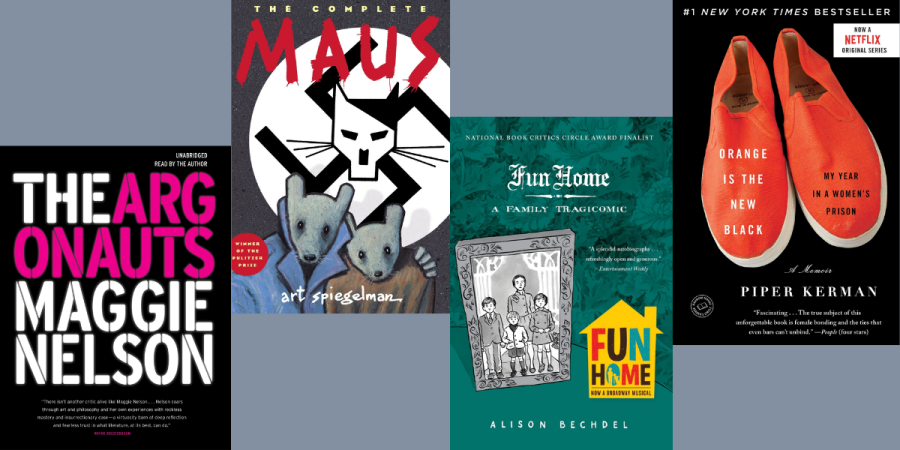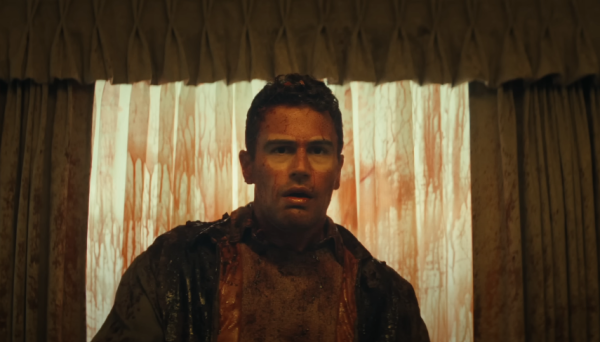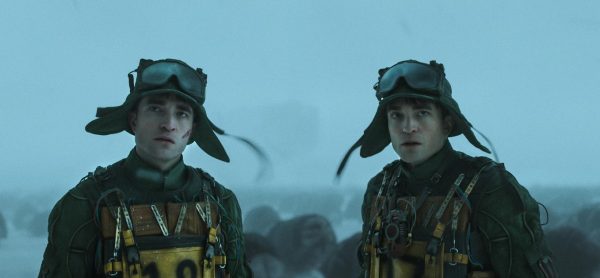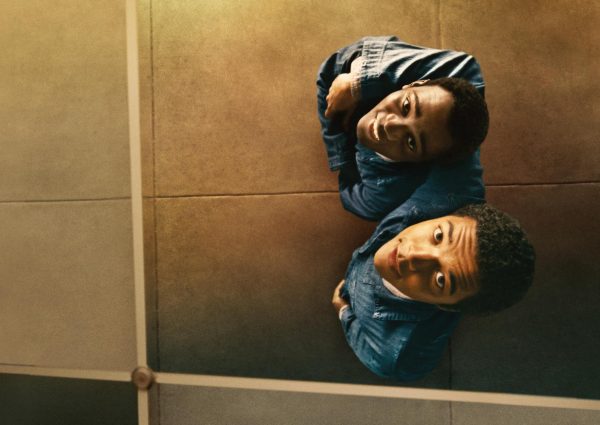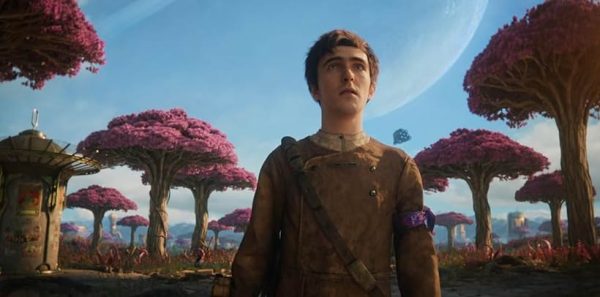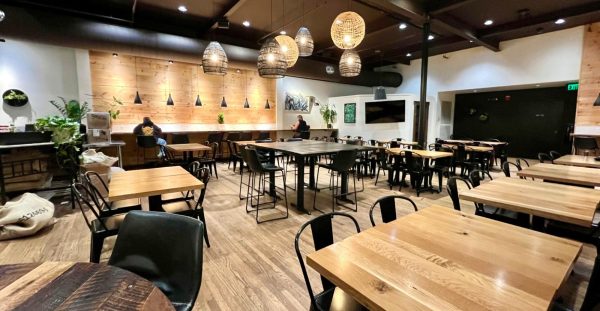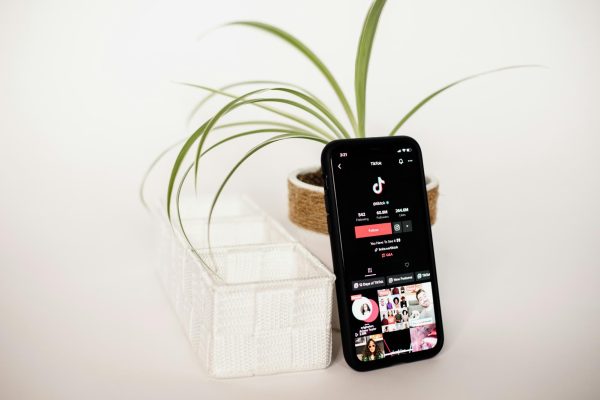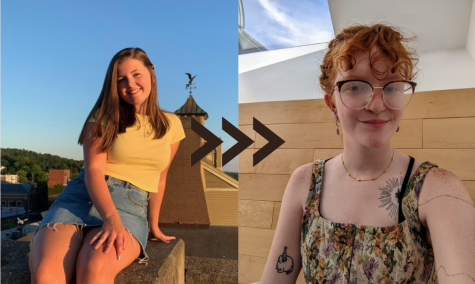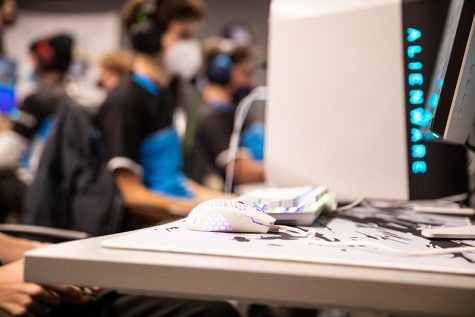Why College is a Pivotal Time to Read Memoirs and Reflective Works
Learning about the stories of others can help us cultivate our own. The social adaptations, self-discoveries and drastic changes that occur in one’s college life make the genre of memoir-writing a particularly fitting one. As college students and young adults, we’re encountering people from many different walks of life who can feel too unfamiliar to understand at first. Especially at a time when we are often cooped up due to circumstances with Covid-19 or severe weather. Being intentional about information consumption is more important than ever. Isolation can be maddening, leaving unanswered questions about our futures piling up. While aspects of Champlain’s core curriculum have focused on “the self,” whether in name, practice, or both, being given the opportunity to learn about and discuss contemplative readings is an invaluable experience that can carve out answers to our questions in wise and unexpected ways.
Orange is the New Black by Piper Kerman documents Kerman’s roughly year-long prison sentence and has been covered in a core class I took in my freshman year. Kerman was suddenly thrust into an environment in which she has startling roommate experiences, interacting with peers from various backgrounds, undergoing identity shifts and unnerving experiences. This work is a surprisingly fitting one for a college student or any young adult to read. In class, we had discussions on its destigmatization of stereotypes and sense of compassion for those who are marginalized in women’s prisons. I’m not sure I fully appreciated the importance of this coursework at the time, but I look back with fondness and a deeper understanding of it.
A Netflix adaptation with the same name takes this further by deeply delving into the lives of other prisoners, such as the strong and persevering character Sophia Burset. Often providing haircuts to other prisoners, she faced brutal treatment such as wrongful placement in solitary confinement and was especially targeted for being transgender. The character growth that takes place throughout the show is simultaneously awe-inspiring and devastating, and the fact that one woman’s memoir could lead to such success shows the powerful ripple effect that storytelling can have, whether in a classroom or a streaming service.
The Argonauts by Maggie Nelson offers a bold, unfiltered take on her personal life. Some may find its tone and descriptiveness unnerving, (I personally was off-put by its formatting rather than anything else), but it offers a unique insight on a rare experience that not many of us would consider: day-to-day living in an untraditional family structure. As someone who was previously intolerant to some of its themes, it (eventually) gave a sense of understanding and humanization that I otherwise would not have had.
Mediterranean: Migrant Crossings by Warscapes Editors has been used in the core class The Global Condition. It is an anthology of stories by migrants told through forms of expression such as photography and poetry. It provides intimately morbid insights into the strife of being in the midst of migrant crises in Europe. While its tensions have gained a lot of traction, it is rare to hear directly from the migrants themselves, which is unfortunate and a misrepresentation of those events. What stuck out to me personally about this courseload is its constant coverage of marginalized voices and the criticism not just of the forces that plague them, but that of the false advocates and saviors that do immeasurable harm.
When I asked about graphic memoir recommendations, a professor from an art elective suggested Fun Home by Alison Bechdel (among many others) and a core professor suggested Maus by Art Spiegelman, which has been claimed to be the best graphic novel of all time. Graphic novelling is very telling of an author’s psyche as it allows for multiple forms of expression: writing and art. Bechdel’s heavily detailed and pronounced style shows her intelligence and astute attention to detail and Brosh’s style portrays a sense of childlike wonder, quirkiness and profoundness. Marbles by Ellen Forney is another exceptionally authentic memoir, its drawings displaying the chaotic nature of her mania and recovery. Maus uses a chilling, gripping visual metaphor with animals to his father’s horrific experience as a prisoner at Auschwitz and how that affects their relationship. Each of these stories share vulnerable and enriching examples of human strength that can not only aid us, but how we perceive and treat others.
Taking away from others’ experiences stems beyond the classroom, such as during the Core Convivium. I had the pleasure of viewing various displays of final projects on our peers’ “selves” or depictions of how they see themselves. I vividly remember loving one of my friend’s self-portraits and how, similar to the aforementioned graphic novelists, the style and manner in which it was drawn is so telling of both her character and integrity as an artist.
There are an exceeding number of reflective works that stretch more broadly than books and projects. It’s universally present, especially in that contemplation is a natural human undertaking. A space filled with unique reflections and life stories is a prime opportunity to listen to others with consideration and respect, while polishing our own on the side.

